Eastern Canada embraces winter with a particular enthusiasm that transforms freezing temperatures from something to endure into something to celebrate. The region’s relationship with cold weather has deep historical roots, shaping both the culture and character of its communities.
From snow-capped mountains to frozen cityscapes, the eastern provinces offer experiences that showcase winter at its most magnificent, attracting those who find joy in crisp air and snow-covered landscapes rather than fleeing south. Here is a list of destinations in Eastern Canada that cold-weather enthusiasts should add to their travel plans.
Quebec City
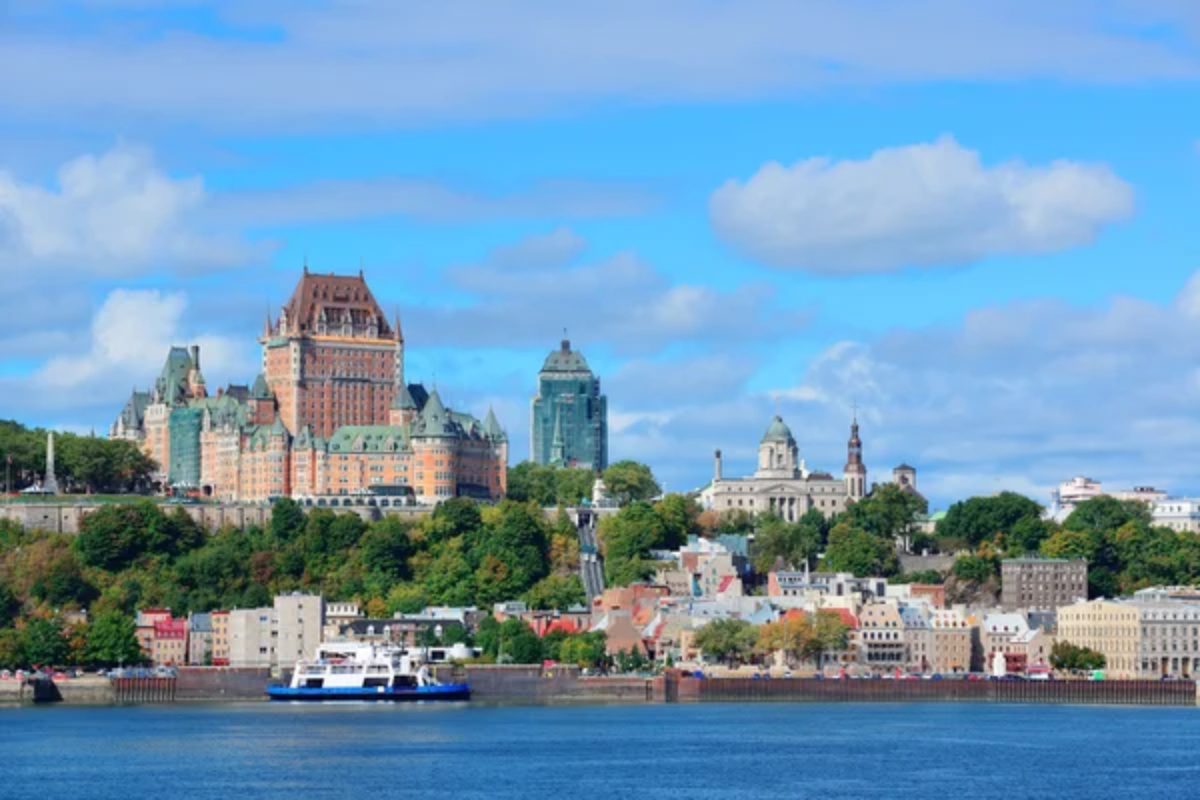
The provincial capital transforms into a winter wonderland, with its 17th-century architecture in the Old Town looking particularly enchanting under a blanket of snow. The city fully embraces the season through its famous Winter Carnival, featuring impressive ice sculptures, night parades, and the iconic Ice Palace.
Walking along the cobblestone streets while snowflakes dance around the centuries-old buildings creates a magical atmosphere that summer visitors never experience.
Churchill, Manitoba
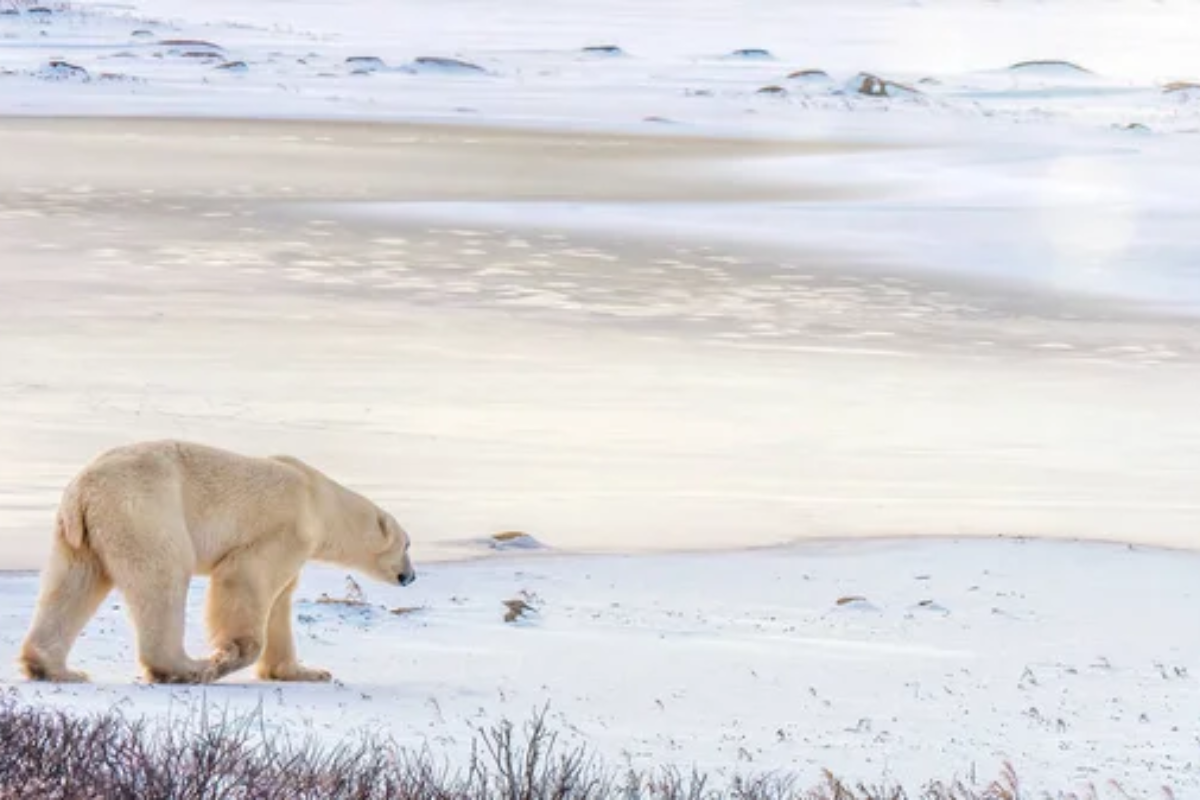
This remote northern town sits on the western shore of Hudson Bay and offers one of the most unique cold-weather experiences on the planet. Visitors between November and March might witness the mesmerizing dance of the Northern Lights reflecting off snow-covered tundra and frozen waters.
Churchill also claims the title of ‘Polar Bear Capital of the World,’ as these magnificent creatures gather along the shoreline each autumn, providing wildlife enthusiasts with unparalleled viewing opportunities in a genuinely arctic environment.
Like Travel Pug’s content? Follow us on MSN.
Mont Tremblant

This picturesque village in Quebec’s Laurentian Mountains has perfected the art of alpine winter hospitality. The mountain offers 102 ski trails across four distinct faces, ensuring varied terrain for everyone from beginners to experts looking to challenge themselves.
The pedestrian village at the base, with its colorful buildings and European ambiance, creates a cozy contrast to the invigorating mountain air and sublime runs above.
St. John’s, Newfoundland
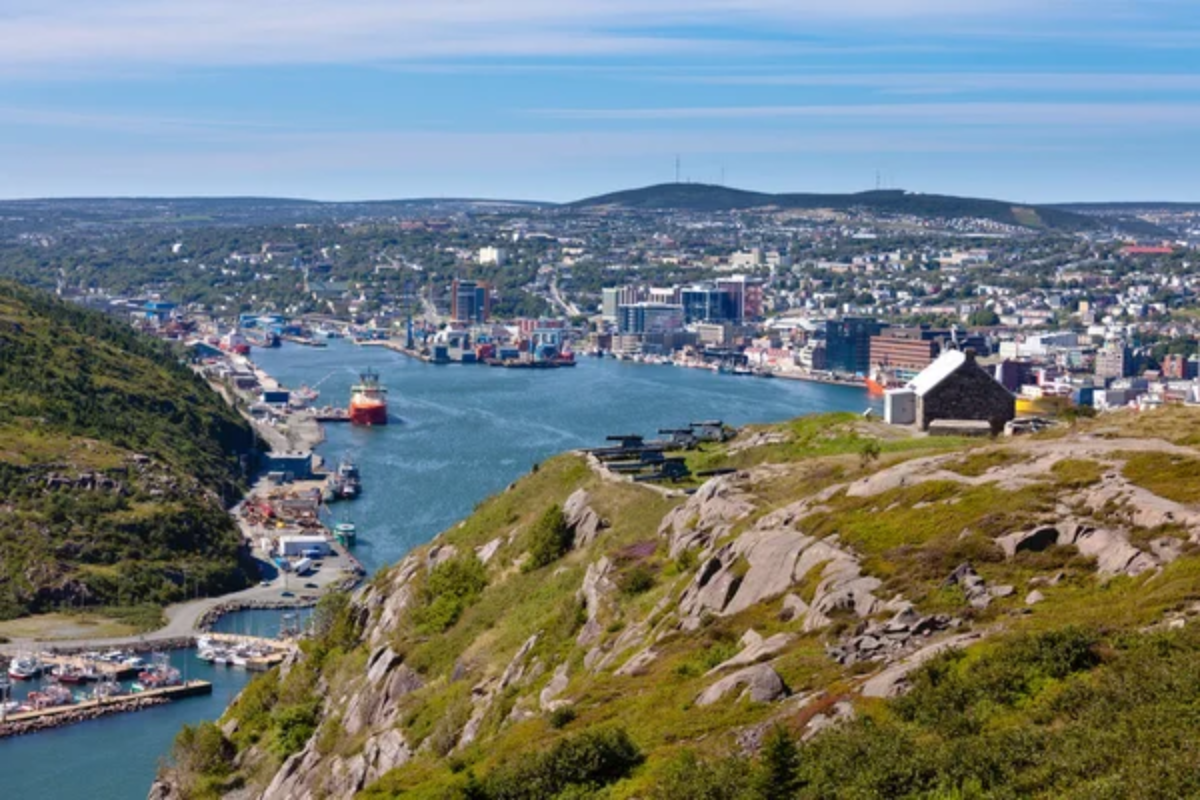
The provincial capital receives more snow than any other Canadian city with a population over 100,000, making it a paradise for those who appreciate serious winter weather. The city’s famously colorful row houses look even more striking against pristine white snowdrifts after a fresh snowfall.
Local residents have developed a resilient charm and humor about their challenging climate, creating a warm community feeling that visitors find irresistible despite temperatures that regularly plunge below freezing.
Mont-Sainte-Anne

Located just 30 minutes from Quebec City, this premier winter destination offers some of the best night skiing in Canada across 19 floodlit trails. The mountain provides breathtaking views of the St. Lawrence River and Île d’Orléans when visibility is clear.
Cross-country enthusiasts particularly treasure this area for its network of over 125 miles of meticulously groomed Nordic trails winding through beautiful snow-covered forests.
Like Travel Pug’s content? Follow us on MSN.
Ottawa Rideau Canal
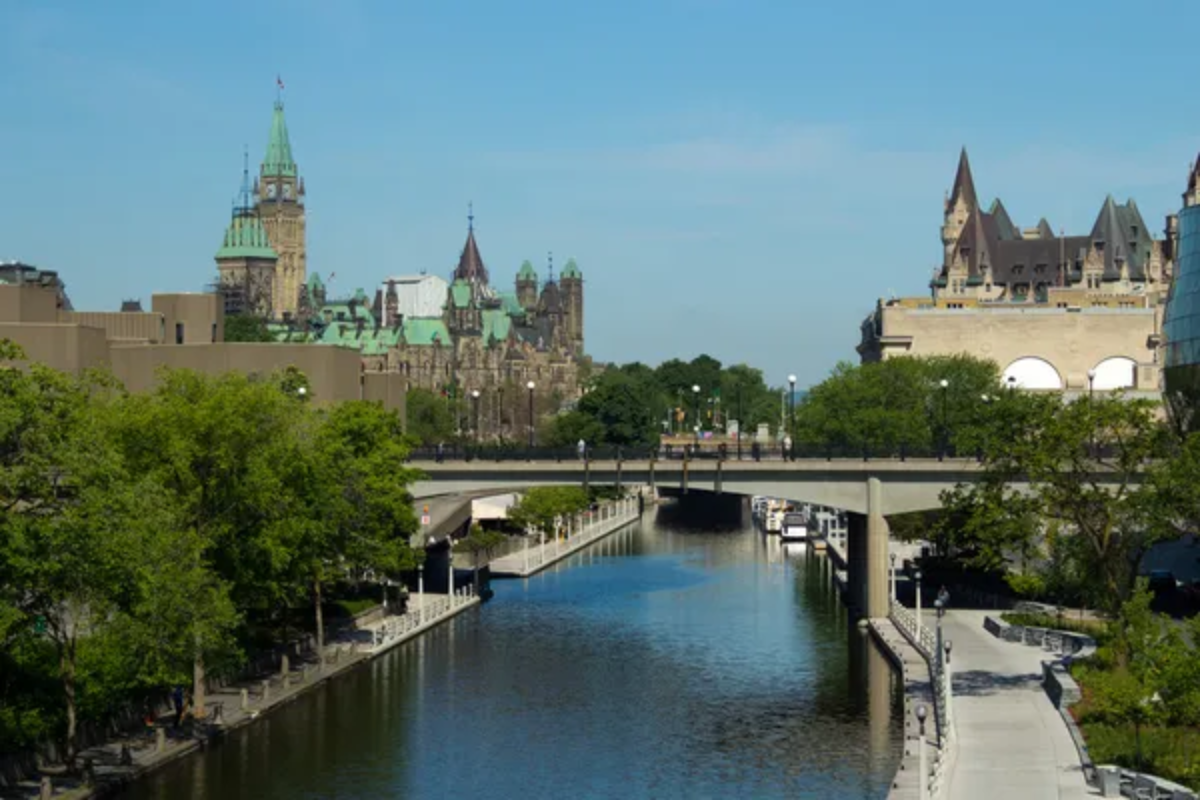
The capital city transforms its historic canal into the world’s largest naturally frozen skating rink each winter, stretching nearly 5 miles through downtown. Locals and visitors alike glide along this urban pathway, stopping at warming huts or BeaverTails stands for hot chocolate and the famous pastry.
The annual Winterlude festival centers around this frozen thoroughfare, featuring everything from ice carving competitions to winter sports demonstrations against the backdrop of Canada’s Parliament Buildings.
Gros Morne National Park
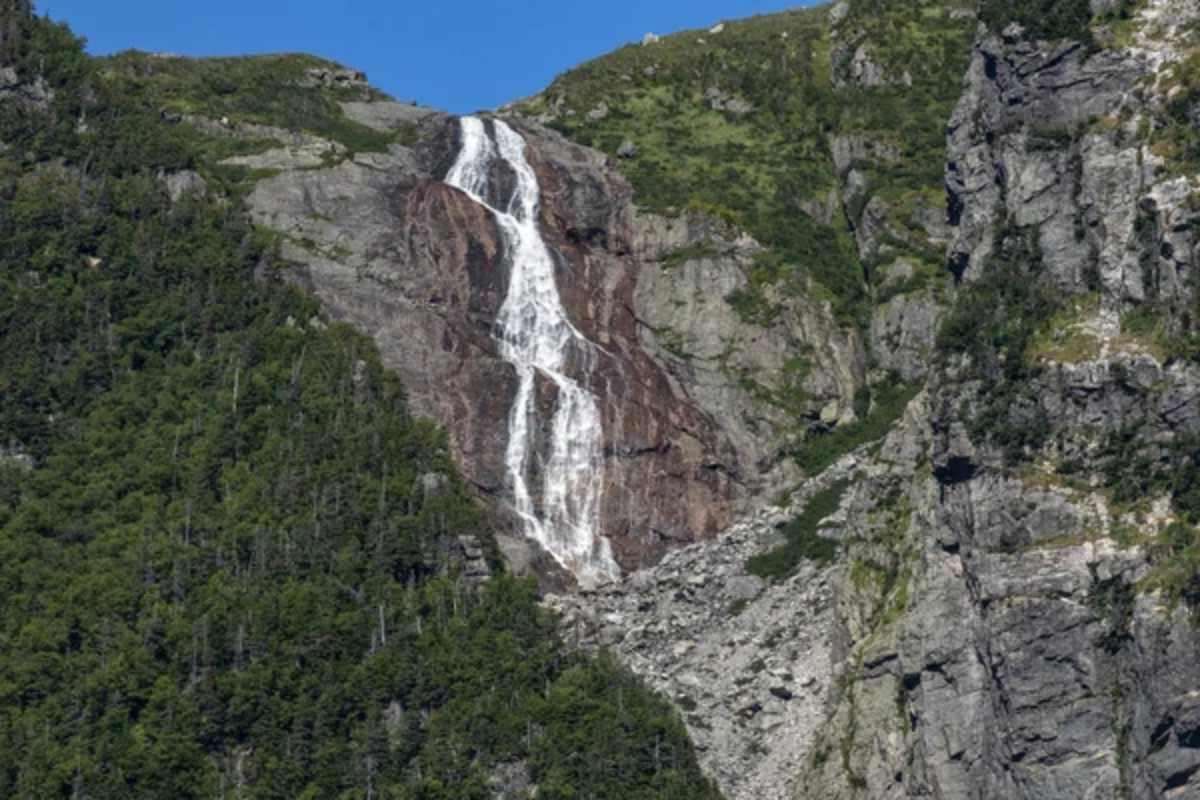
This UNESCO World Heritage Site on Newfoundland’s west coast reveals an entirely different character under winter conditions. The dramatic landscape of fjords and mountains takes on an austere beauty when covered in snow and ice.
Adventurous visitors can explore by snowshoe or cross-country ski, often having vast sections of this wilderness paradise completely to themselves. The stark silence of the snow-covered terrain creates a profound sense of solitude that summer tourists never experience.
Chic-Chocs Mountains
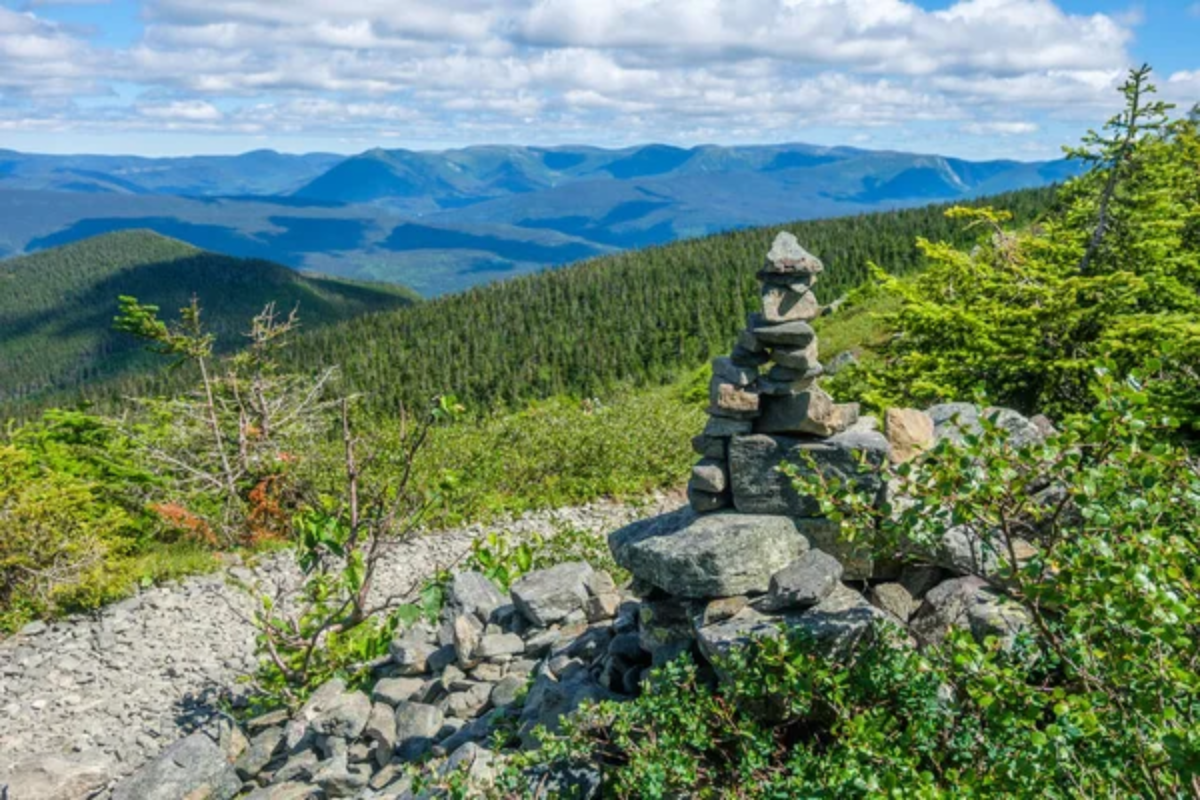
This remote range in Quebec’s Gaspé Peninsula attracts serious winter enthusiasts seeking pristine backcountry experiences. The mountains receive abundant snowfall, creating ideal conditions for activities ranging from snowshoeing to some of the best backcountry skiing east of the Rockies.
The Chic-Choc Mountain Lodge provides a comfortable base for daily adventures, with expert guides leading guests to powder stashes far from crowded resorts.
Like Travel Pug’s content? Follow us on MSN.
Montmorency Falls
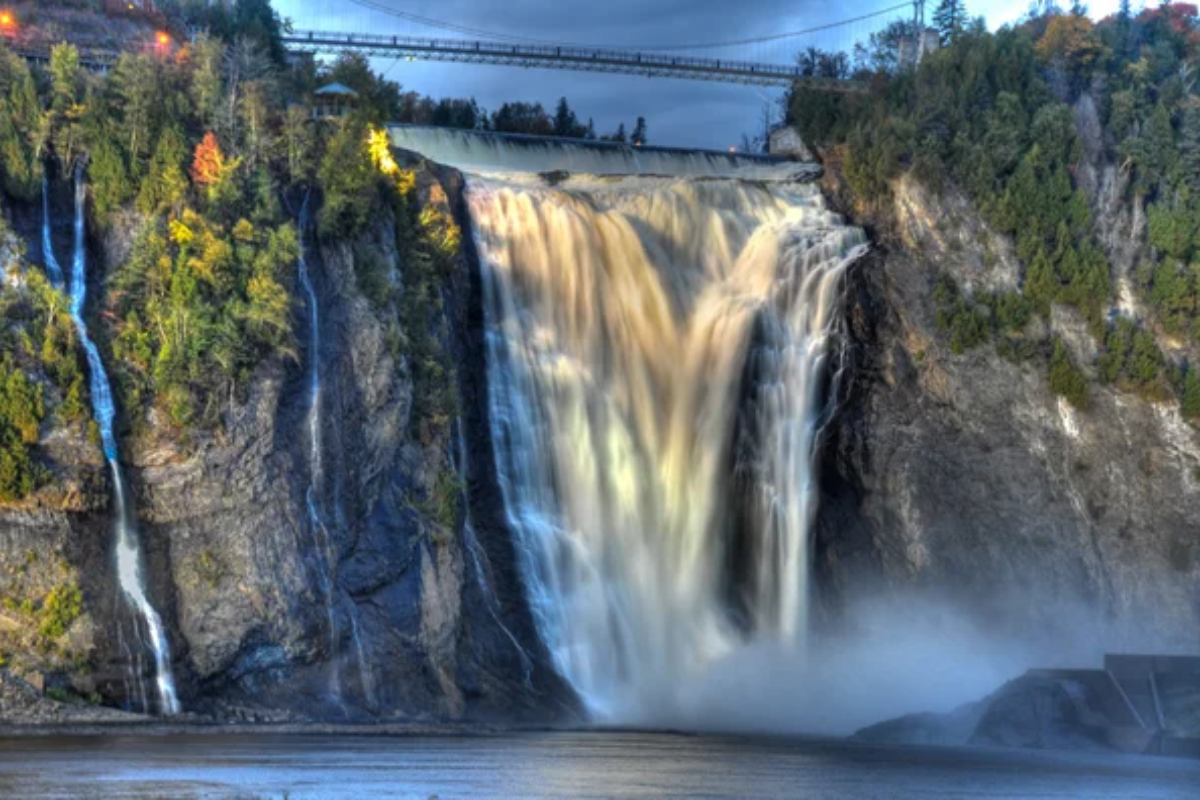
Just outside Quebec City, these impressive falls actually become more spectacular in winter when they partially freeze, creating an enormous “sugar loaf” cone of ice at their base. Visitors can view this natural wonder from a suspension bridge above or climb alongside the frozen cascade with proper ice climbing equipment and guides.
The surrounding park offers additional winter activities, including snowshoeing trails and a challenging via ferrata route for the truly adventurous.
Cape Breton Highlands

The famous Cabot Trail in Nova Scotia winds through this national park, offering a completely different experience in winter months. The dramatic coastal vistas become even more striking when the Atlantic crashes against ice-covered rocks below snow-dusted cliffs.
Wildlife enthusiasts might spot moose or bald eagles against the stark winter landscape while enjoying crowd-free hiking trails. Local communities maintain their warm Maritime hospitality year-round, providing cozy refuges after days spent exploring the windswept highlands.
Saguenay Fjord
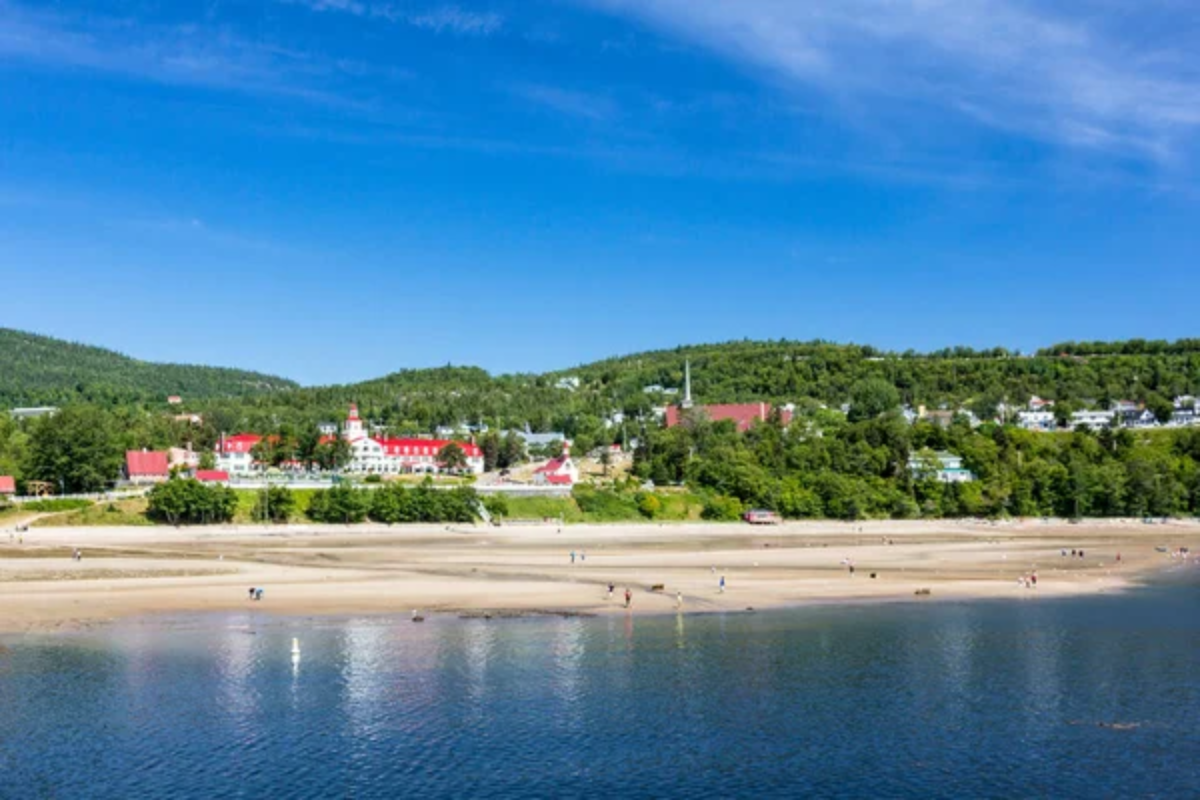
This majestic waterway in Quebec remains partially navigable throughout winter, allowing for unique cold-weather cruising experiences among snow-covered cliffs. The surrounding region embraces winter through village ice fishing operations, dog sledding expeditions, and networks of snowmobile trails connecting remote communities.
The unusual microclimate created by the fjord produces some of Quebec’s most reliable and abundant snowfall, ensuring excellent conditions for winter activities throughout the season.
Like Travel Pug’s content? Follow us on MSN.
Magdalen Islands
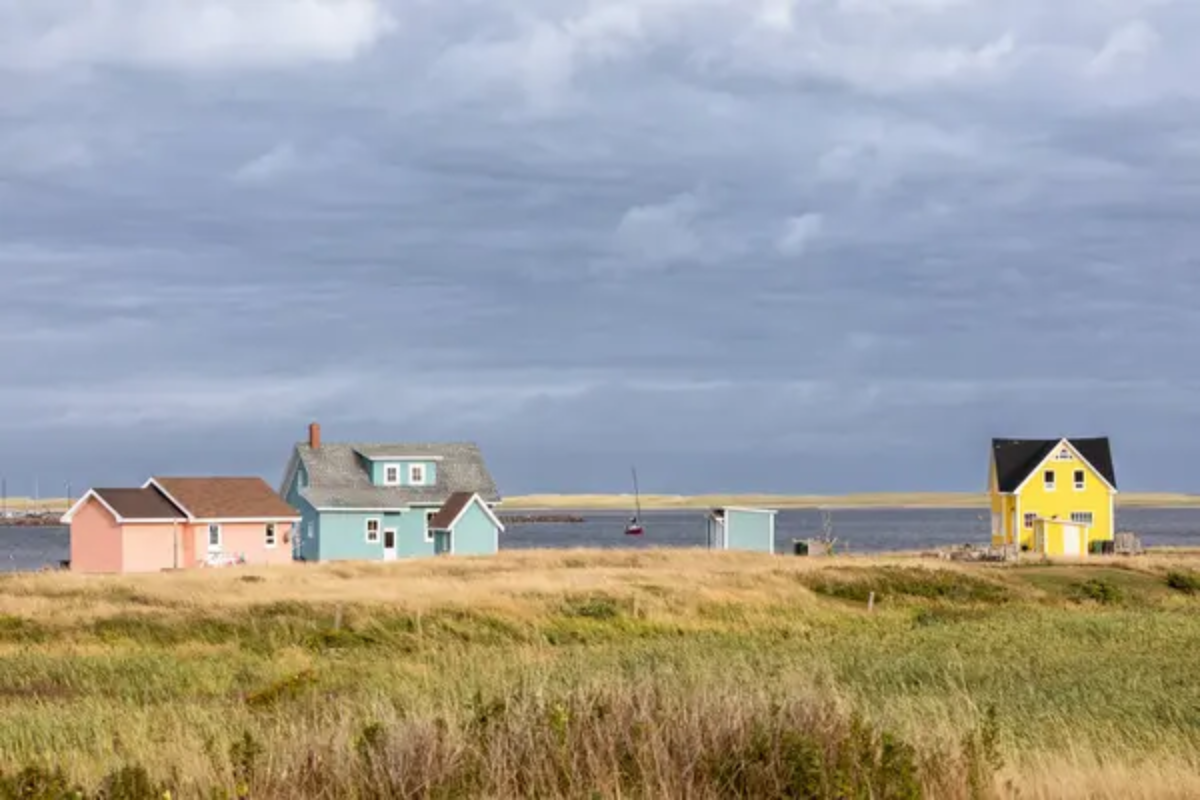
This remote archipelago in the Gulf of St. Lawrence experiences dramatic winter weather that attracts those seeking authentic northern experiences. Winds sculpt snow into artistic formations across the landscape, while sea ice creates temporary bridges between some islands. Local guides offer extraordinary tours across the frozen gulf to observe seal pups on the ice floes during February and March.
The islands’ famous hospitality feels especially genuine during winter when visitors are welcomed like family into this close-knit maritime community.
Charlevoix Region
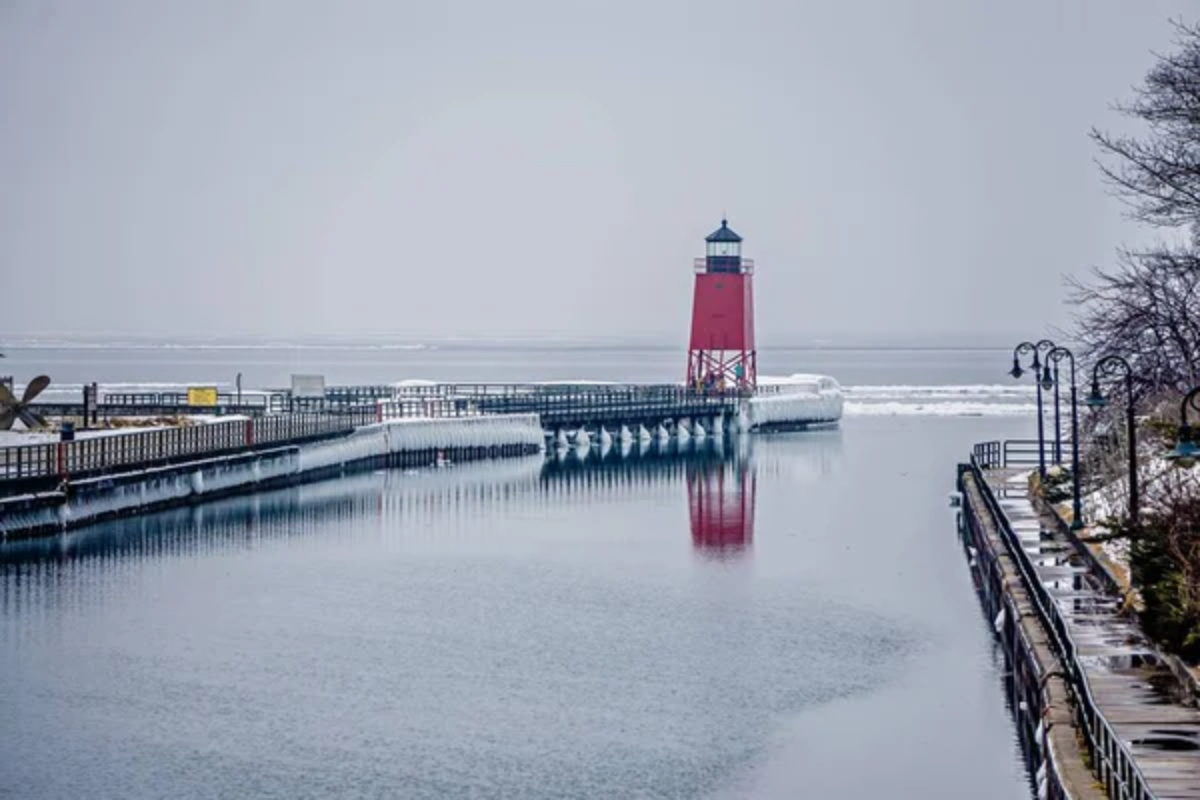
This culturally rich area northeast of Quebec City becomes a winter playground thanks to reliable snowfall and varied terrain. Le Massif ski resort offers runs with the highest vertical east of the Canadian Rockies, with trails that seem to plunge directly into the St. Lawrence River below.
The surrounding countryside features artist studios, excellent restaurants showcasing local cuisine, and charming inns built to maximize winter coziness through crackling fireplaces and picture windows framing snowy vistas.
Bas-Saint-Laurent
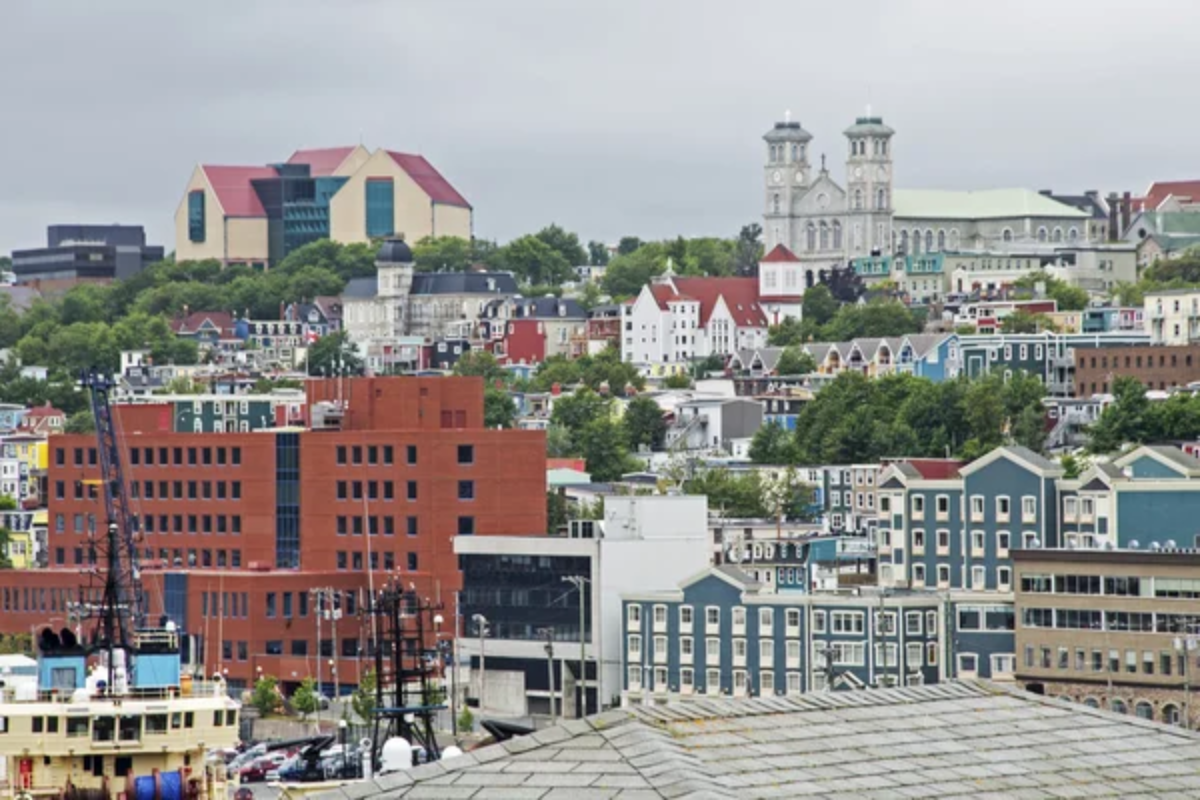
This lesser-known region along the south shore of St. Lawrence offers authentic winter experiences without the crowds of more famous destinations. The area maintains over 930 miles of snowmobile trails connecting small towns and traversing beautiful forests and frozen lakes.
Ice fishing for smelt has become a cultural event here, with temporary villages of colorful huts appearing on frozen bays each winter. Local microbreweries and restaurants specialize in hearty comfort food that tastes even better after hours spent in the invigorating cold.
Like Travel Pug’s content? Follow us on MSN.
Toronto Islands
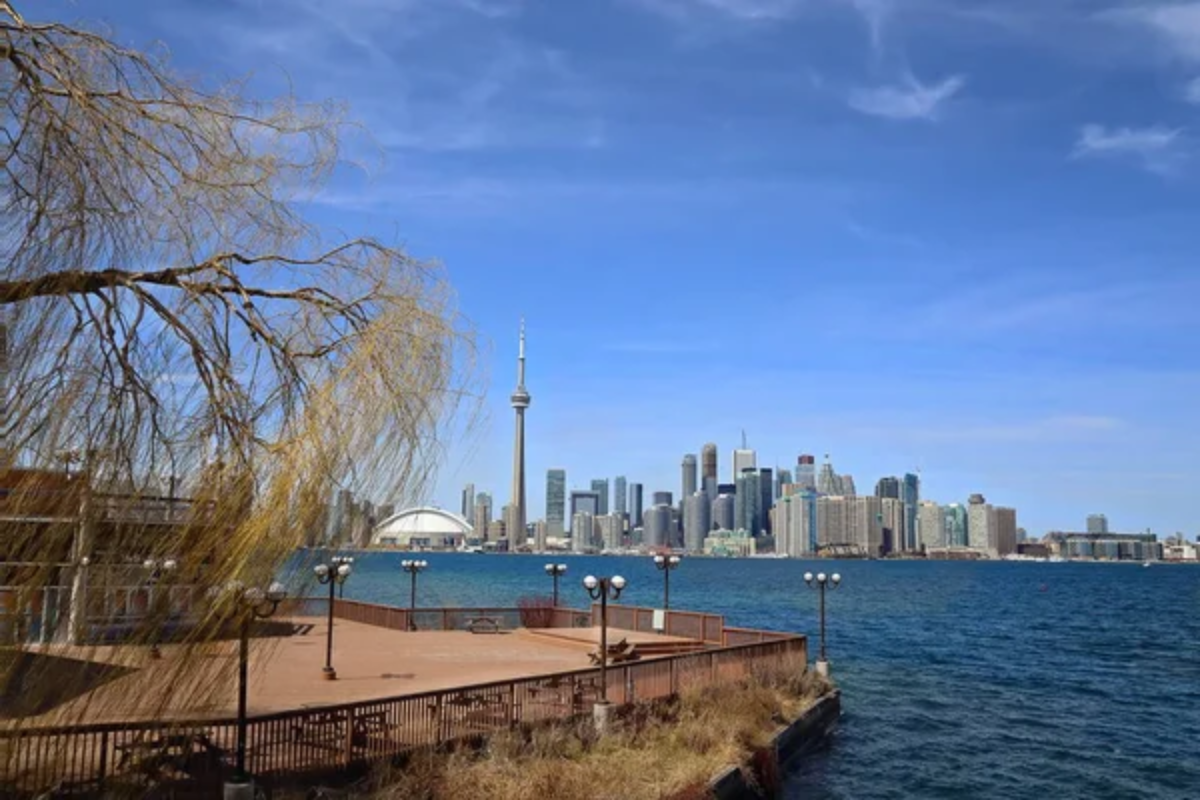
The city’s beloved island park system transforms into a tranquil winter escape just a short ferry ride from downtown. The absence of cars and summer crowds creates a peaceful environment where visitors can experience an urban winter wonderland.
Frozen lagoons become natural skating rinks, while snow-covered paths offer perfect terrain for cross-country skiing with the remarkable backdrop of Toronto’s skyline. The stark beauty of Lake Ontario in winter, with ice formations along the shoreline, provides photographers with uniquely dramatic urban nature scenes.
Embracing the Northern Spirit

Eastern Canada’s cold-weather destinations reveal the true character of this region and its people, who have learned not just to survive winter but to find joy within it. These places demonstrate how embracing rather than escaping challenging conditions can lead to unique experiences impossible in milder climates.
Travelers who venture north rather than south during winter months discover a different kind of warmth—one found in cozy cabins after days spent in exhilarating cold, in the hospitality of communities accustomed to weathering storms together, and in the quiet beauty of landscapes transformed by ice and snow into something magnificent and ephemeral.
More from Travel Pug

- Cities Growing so Fast You Won’t Recognize Them in 10 Years
- 13 Destinations Where Tourists Regularly Regret Their Trip
- 20 Obscure WWII Sites Even History Buffs Don’t Know About
- 10 Under-the-Radar Mountain Towns That Are Both Affordable and Beautiful
- Remote Villages in Europe Where You Can Live for Free in Exchange for Work
Like Travel Pug’s content? Follow us on MSN.
